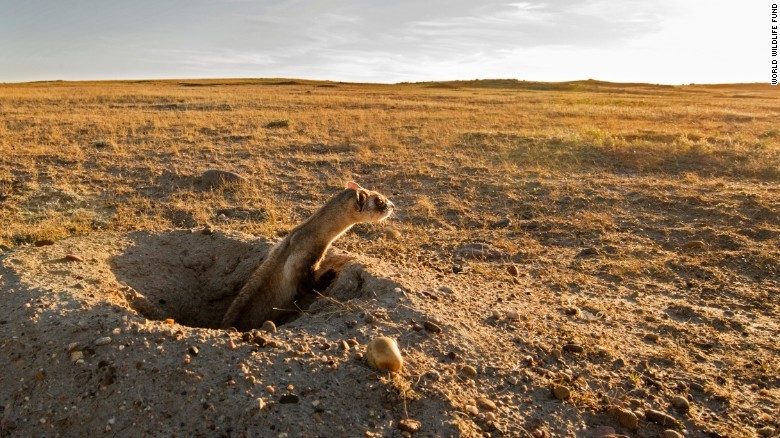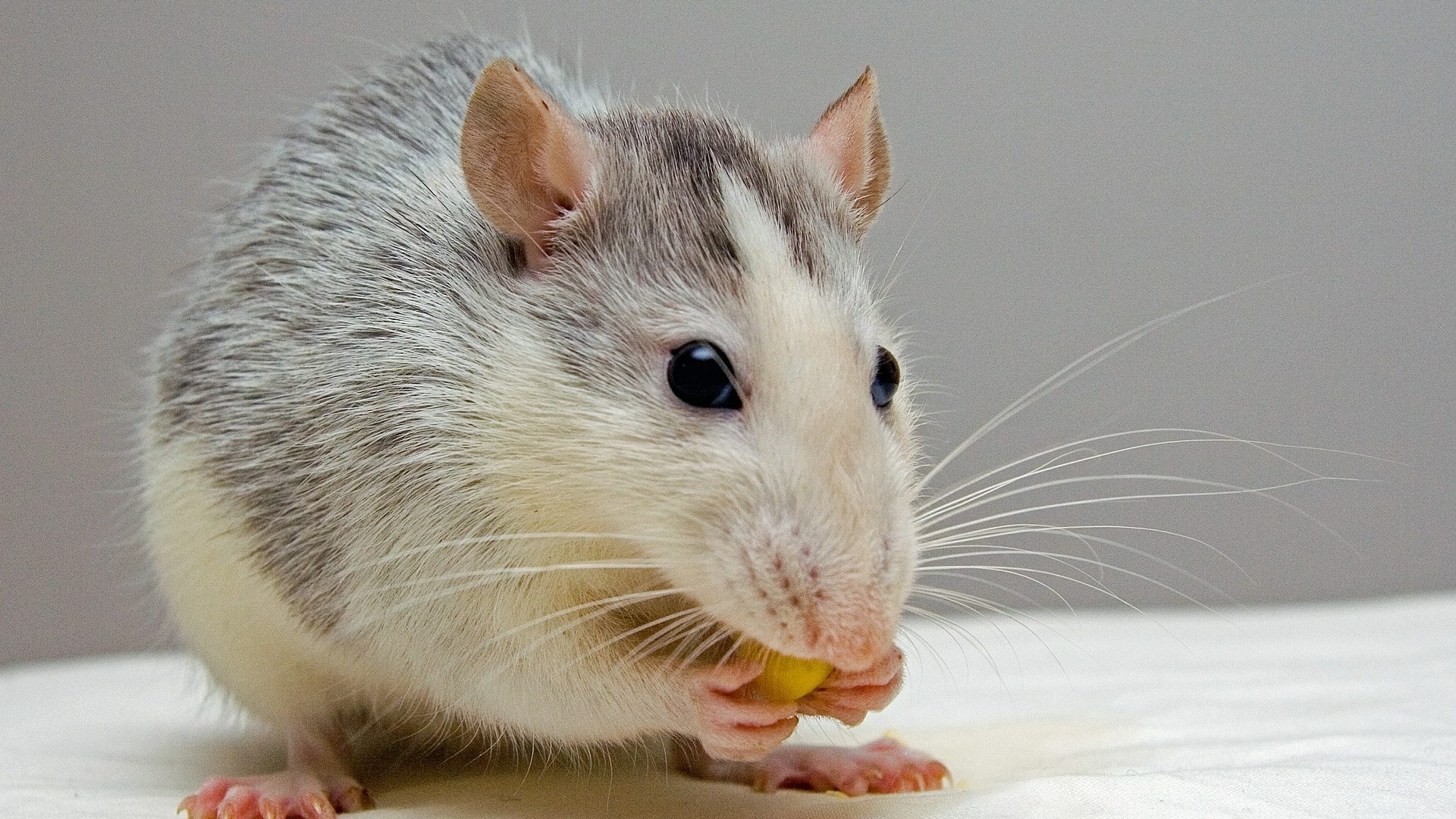In coordination with our special exhibition, Earth Matters, on display until January 8, 2023, Fort Collins Museum of Discovery presents programming that supports the mission of connecting our communities.
Our special programming includes a range of topics, and we have worked to gear events toward audiences of all ages. Please visit this page and our events calendar to learn about programs and events to join throughout the run of the exhibition.
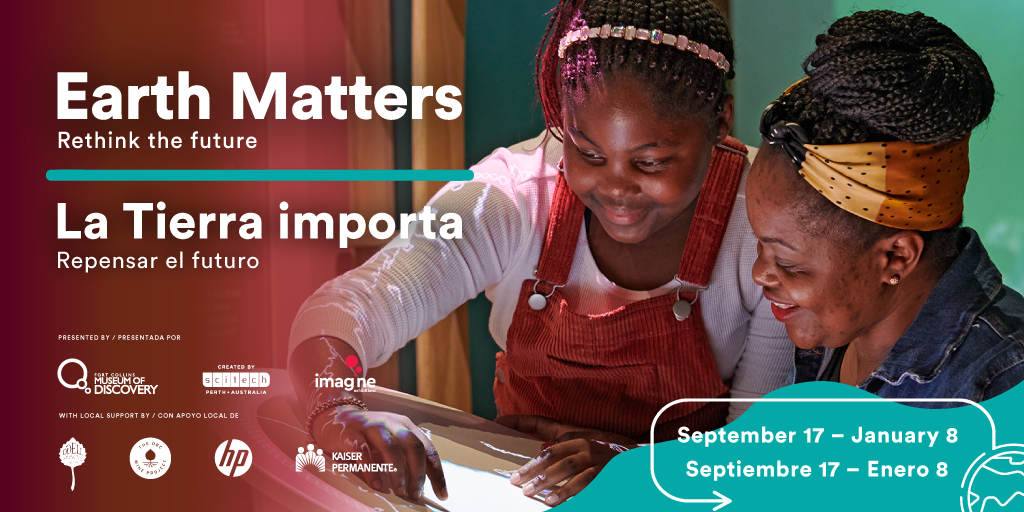
October 20 | The Enemy of My Enemy is My Friend: Recognizing and Working with Natural Enemies of Insect Pests with Dr. Whitney Crenshaw | 7 – 8 p.m.
Dr. Whitney Cranshaw, from CSU’s Entomology Department, will share his vast knowledge of our area’s smallest inhabitants to help you understand how you can use their natural behaviors to minimize insects’ more destructive impacts on your life and home. Registration is required.
October 21 | Carnival of Souls – 60th Anniversary Viewing Party | 6:30 – 9:00 p.m.
Join us for a special viewing in the OtterBox Digital Dome Theater of the cult classic film Carnival of Souls, just in time for Halloween! More information and tickets can be found here.
October 22 | Learn Cheesemaking with Rachel Wildman | 11 a.m. – 12 p.m.
Rachel Wildman, Farmer’s Market Coordinator of CSU’s Extension Service, will demonstrate the ins and out, curds and wheys of delicious cheesemaking in the Learning Lab. Registration is required.
November 5 | Tom Cech in the OtterBox Digital Dome Theater | 2 – 3 p.m.
Colorado has been in the most serious drought in 1,200 years, and our growing population is stretching limited water resources. What are the impacts of Colorado water law on this unprecedented period in our state’s history? Tom Cech will provide insight and perspective on these critical issues for the Front Range of Colorado. Cech is the recently-retired director of the One World One Water Center for Urban Water Education and Sustainability at Metropolitan State University in Denver. Registration is required.
November 15 | CSU Bug Zoo | 10 a.m. – 1 p.m.
The Colorado State University (CSU) Bug Zoo will present information at the museum, focusing on their mission to bring a deeper appreciation for arthropods through hands-on learning. CSU Bug Zoo is part of the college’s Agricultural Science Department. The event is free with museum admission.
November 17 | Meet The Raptors | 10 a.m. – 12 p.m.
The Rocky Mountain Raptor Program will be on site with live raptors and information to share about the animals, their habitat, and conservation efforts. Since 1987, RMRP has served the northern Colorado region through raptor rescue, rehabilitation and research, and conservation education. The event is free with museum admission.
November 17 | Radon: The Health Risks and Solutions with Karen Crumbaker | 7 – 8 p.m.
Join CSU Extension Service Agent in Agriculture and Natural Resources, Karen Crumbaker, in FCMoD’s OtterBox Digital Dome to learn the real impacts of radon exposure and practical measures you can take to protect yourself from its effects. Registration is required.
December 3 | CSU Bug Zoo | 10 a.m. – 1 p.m.
The Colorado State University (CSU) Bug Zoo will present information at the museum, focusing on their mission to bring a deeper appreciation for arthropods through hands-on learning. CSU Bug Zoo is part of the college’s Agricultural Science Department. The event is free with museum admission.
December 10 | Black-footed Ferret Clone Day | 10 a.m. – 2 p.m.
Learn more about our black-footed ferrets, as well as the wonderful birth story of the first-ever cloned BFF Elizabeth Anne as we celebrate the wonders of conservation. The event is free for all to attend.
December 15 | Some Like It Hot: Sun Loving Plants for Your Fort Collins Yard with Alison O’Connor | 7 – 8 p.m.
Blessed with a sun-drenched yard? Join Alison O’Connor of the CSUExtension Service to learn how to make sun-friendly perennial, tree, and shrub choices for a beautiful, more sustainable yard. Registration is required.
This page will be updated as we share more programs.
Find our Earth Matters Press Release.



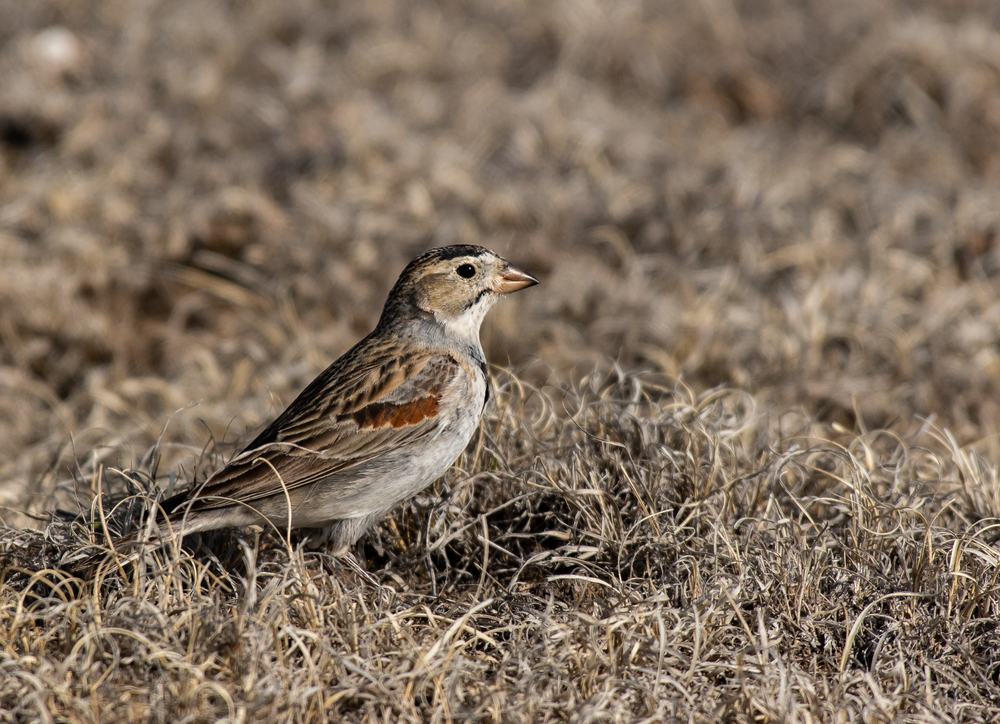
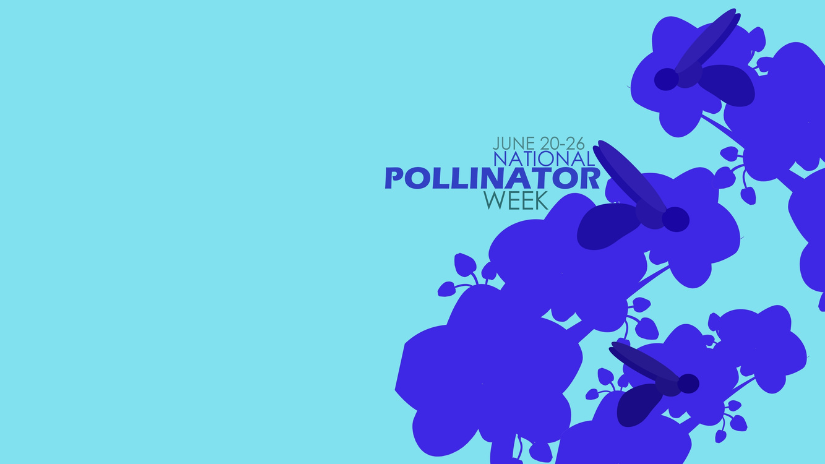




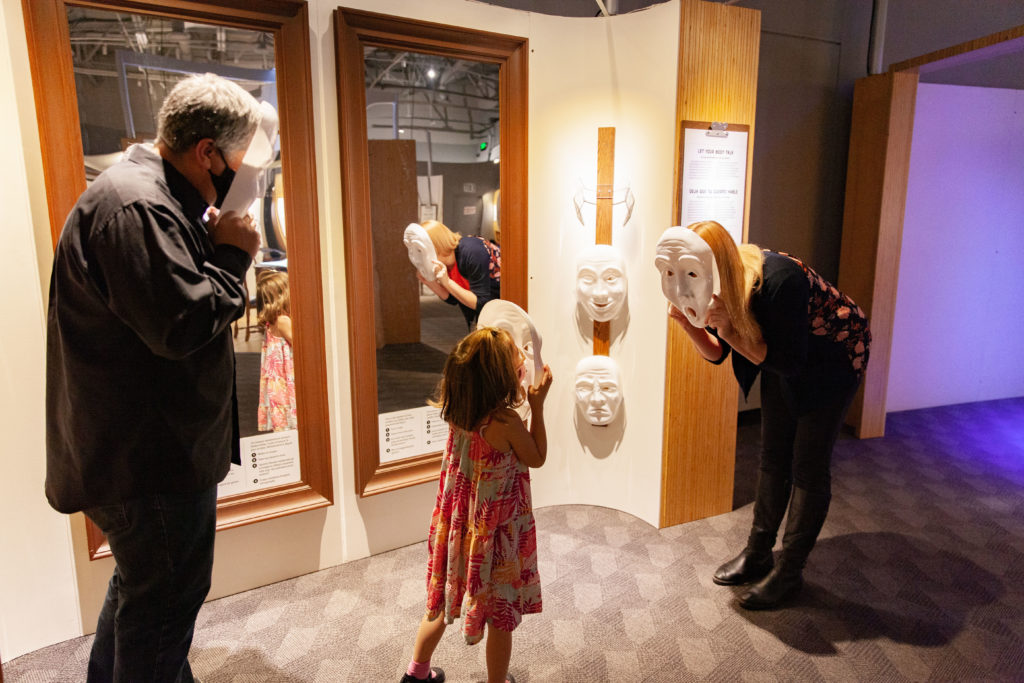
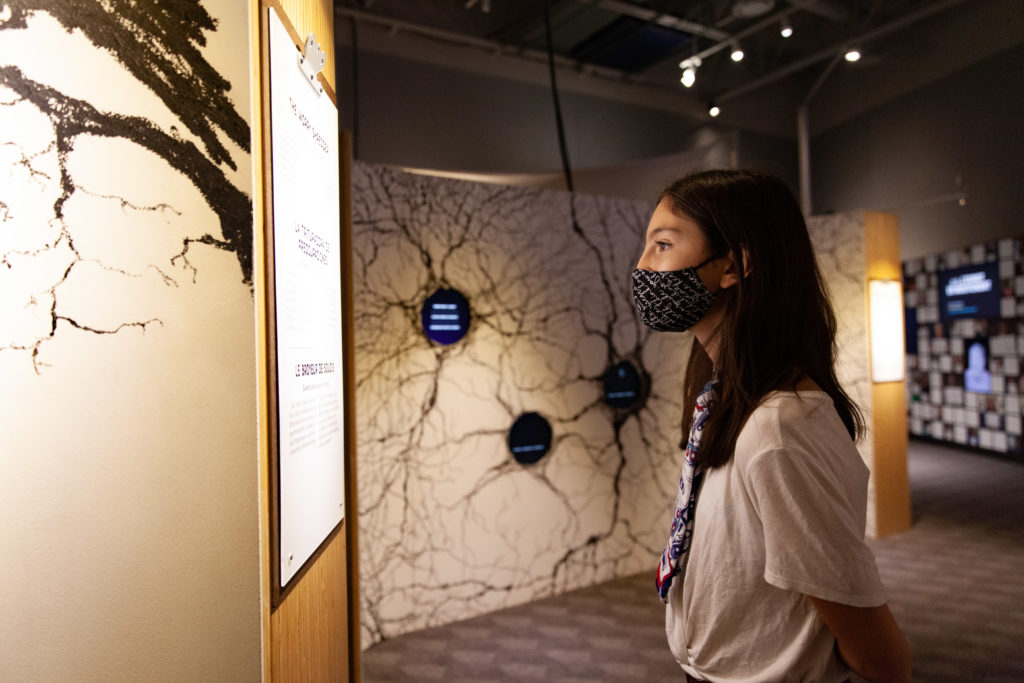
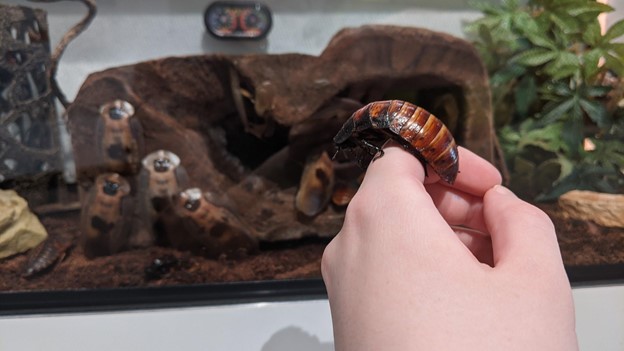
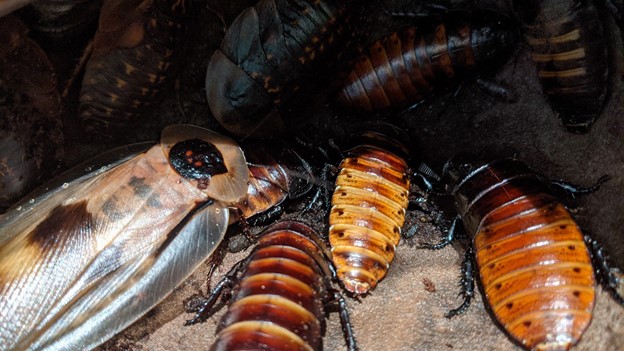
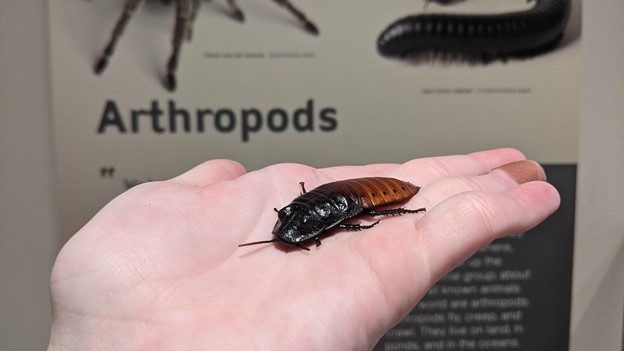
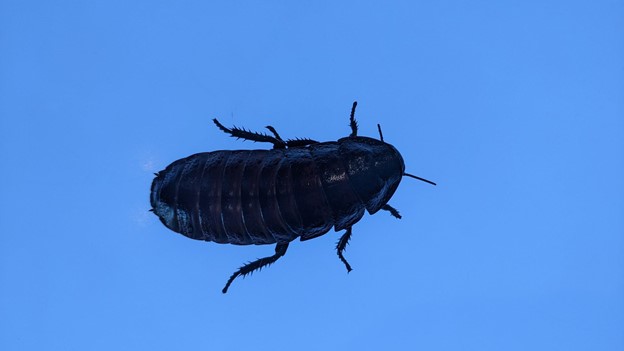
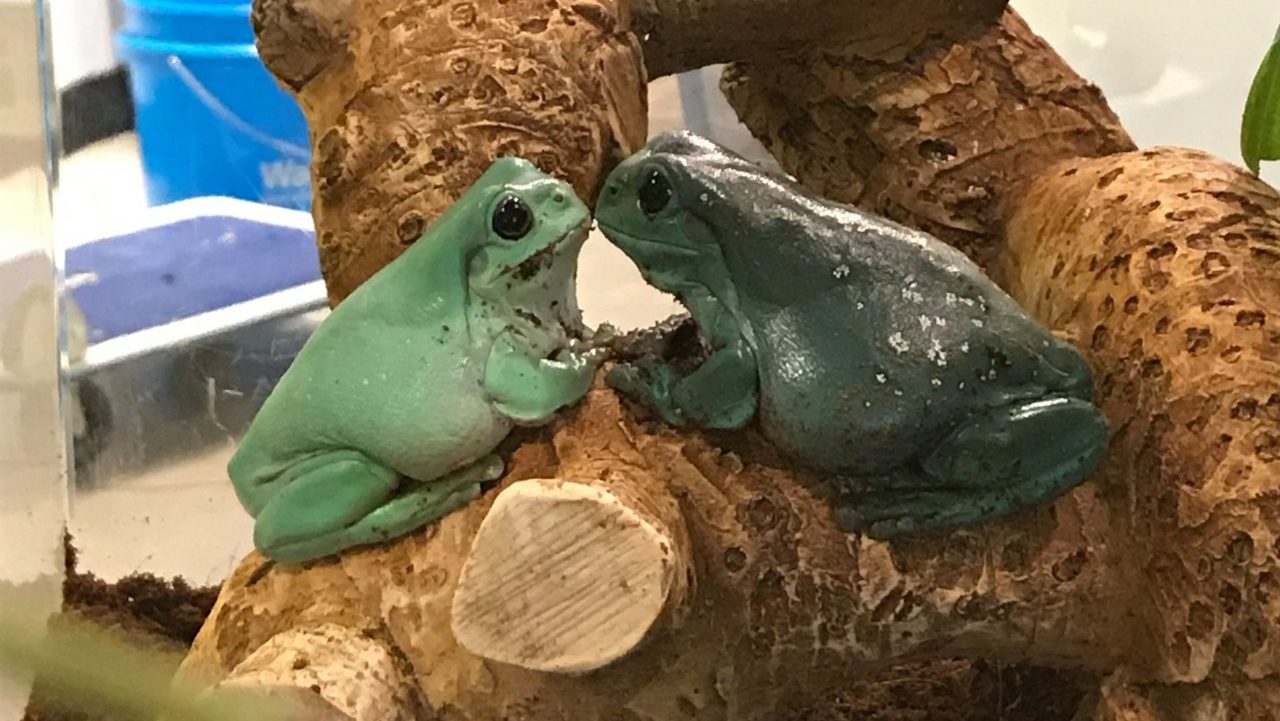





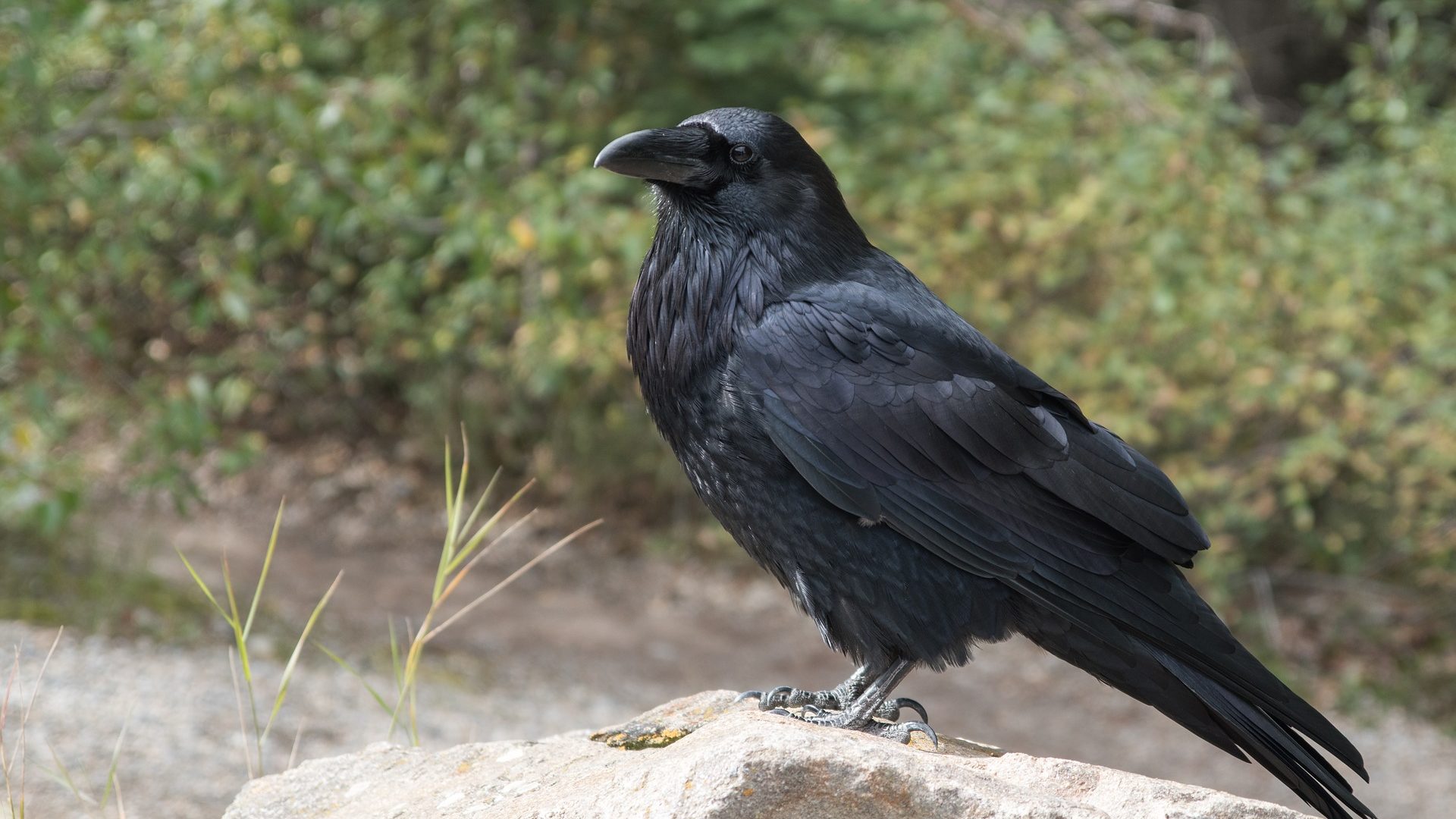
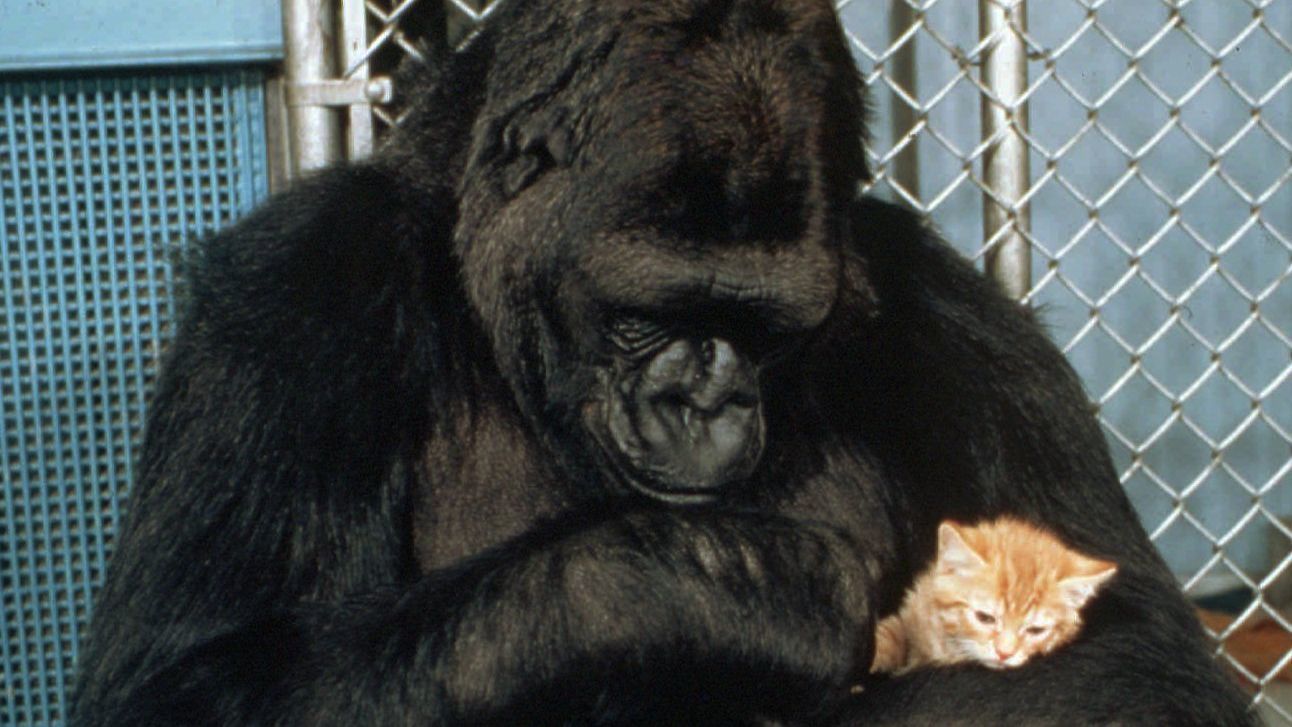 Koko with her kitten, photo from the Los Angeles Times
Koko with her kitten, photo from the Los Angeles Times